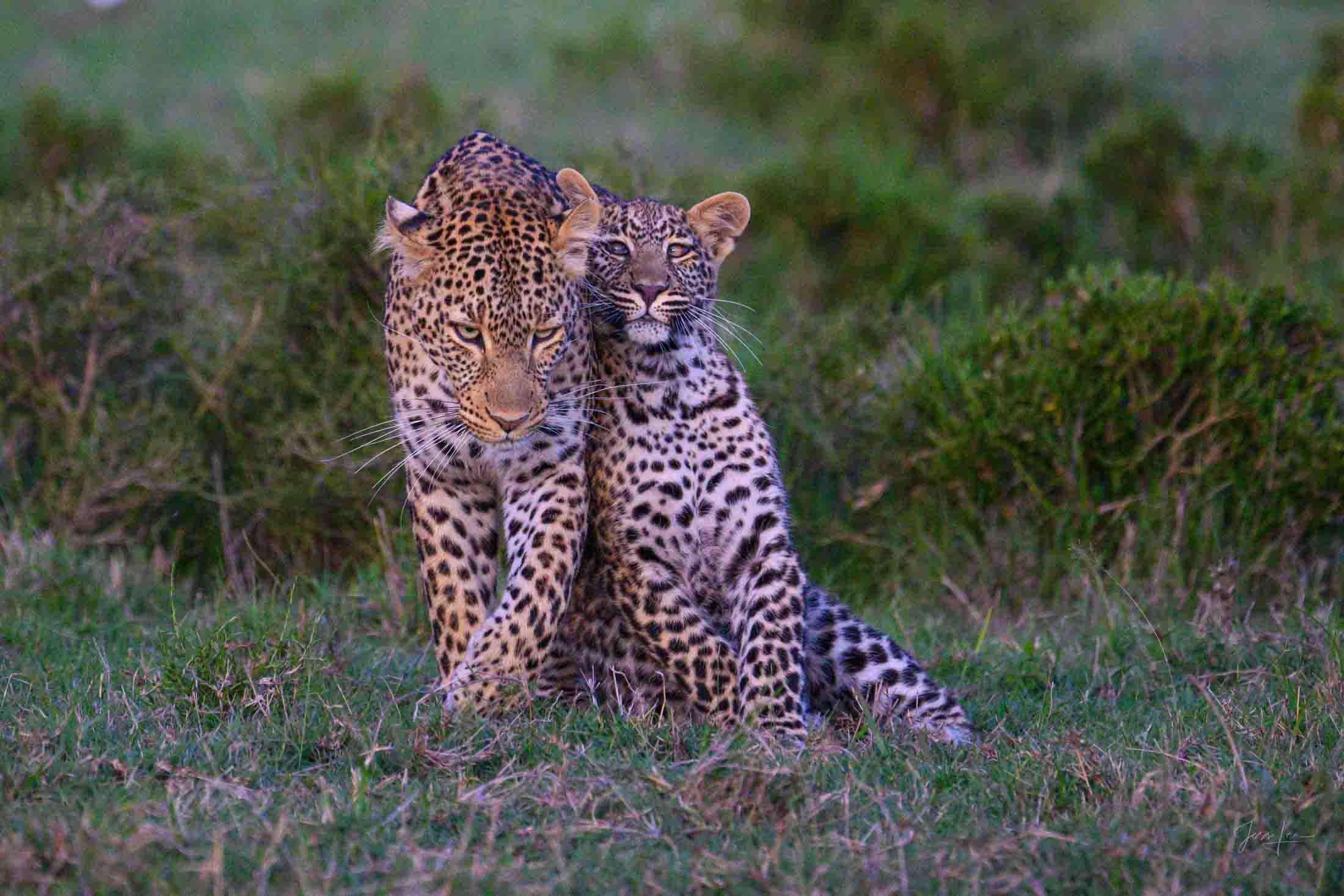"Dream, Dream, Dream! Conduct these dreams into thoughts, and then transform them into action."
- Dr. A. P. J. Abdul Kalam
"Dream, Dream, Dream! Conduct these dreams into thoughts, and then transform them into action."
- Dr. A. P. J. Abdul Kalam
7 Aug 2024
While on a safari in Karnataka's Bandipur Tiger Reserve, photographer Dhruv Patil captured a remarkable moment. He photographed an elderly female leopard perched on a tree, but it wasn't until he reached home and looked at the picture more carefully that he noticed something extraordinary: the leopard had different colored eyes—one brown and the other bluish-green.
Excited by the discovery, Patil remarked, "It's incredible to document such rare mutations in such elusive creatures." Heterochromia is the term for the disorder that affects humans or animals whose eyes are different colors. Most of the time, there are no issues with the condition. As stated by WebMD, "It's often just a quirk caused by genes passed down from parents or by something that happened when your eyes were forming."
(Source: Google Images)
This Rare Sighting is Unbelievable But We Have Science to Back it all Up ~
Others who agreed with Patil's assessment of the leopard's uniqueness and appreciated his commitment to recording these infrequent events expressed similar sentiments. One follower said, "The world of wild animals is truly incredible," while another just called the photo a "rare catch." Patil wrote a thorough caption expressing his thankfulness and amazement for being able to see such a unique occurrence in the outdoors. He wrote, "It's amazing to document such rare mutations in such elusive creatures." "A hetero-chromic leopard in Bandipur has just emerged, after melanistic leopards such as the Kabini black panther. Seeing the wonders of Mother Nature is amazing!''
Patil's allusion to melancholic leopards—in particular, the well-known Kabini black panther—emphasizes his breadth of knowledge and commitment to wildlife photography. With its dark, nearly black coat due to a high melanin content, the black panther—another uncommon variation of the common leopard—has also come to be recognized as an icon in the wildlife community. In addition to enhancing his portfolio, the hetero-chromic leopard shot advances scientific knowledge about leopard populations in India. This leopard's heterochromia raises concerns about genetic diversity within the species and could lead to more investigation into the genetic composition of leopards in the area. Environmentalist Joseph Hoover, who is based in Bengaluru stated, "This is a rare photograph, without a doubt." He did clarify, though, that animals with bicolored eyes, such as tigers, horses, and dogs, are not unusual. "However, animals' vision will not be affected," he continued.